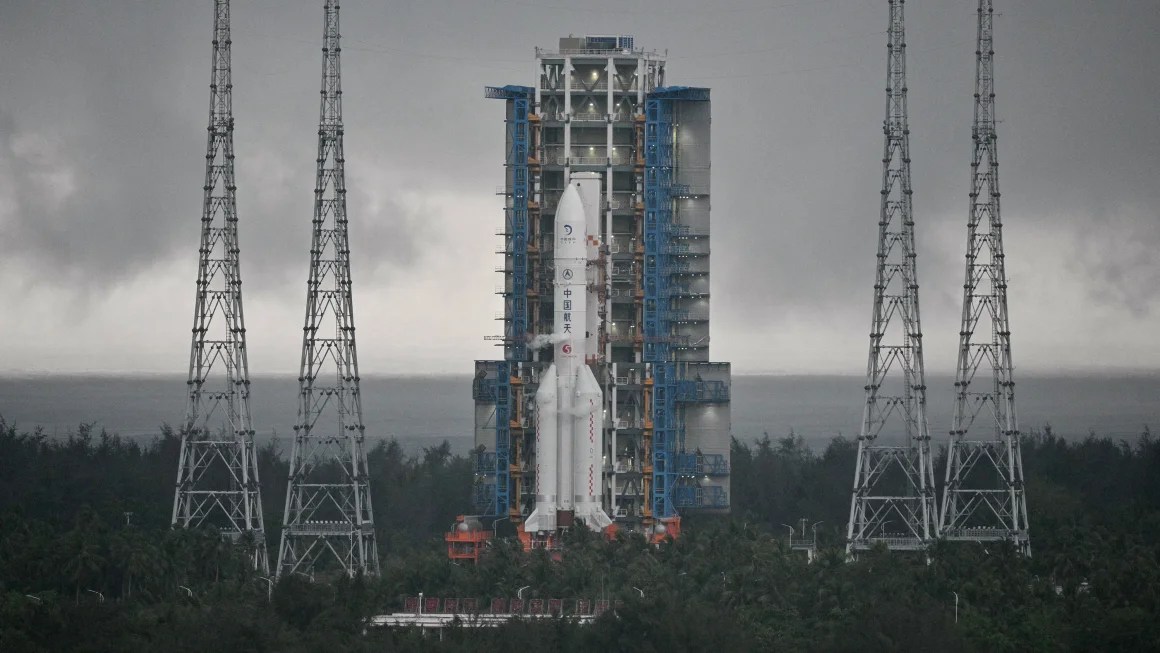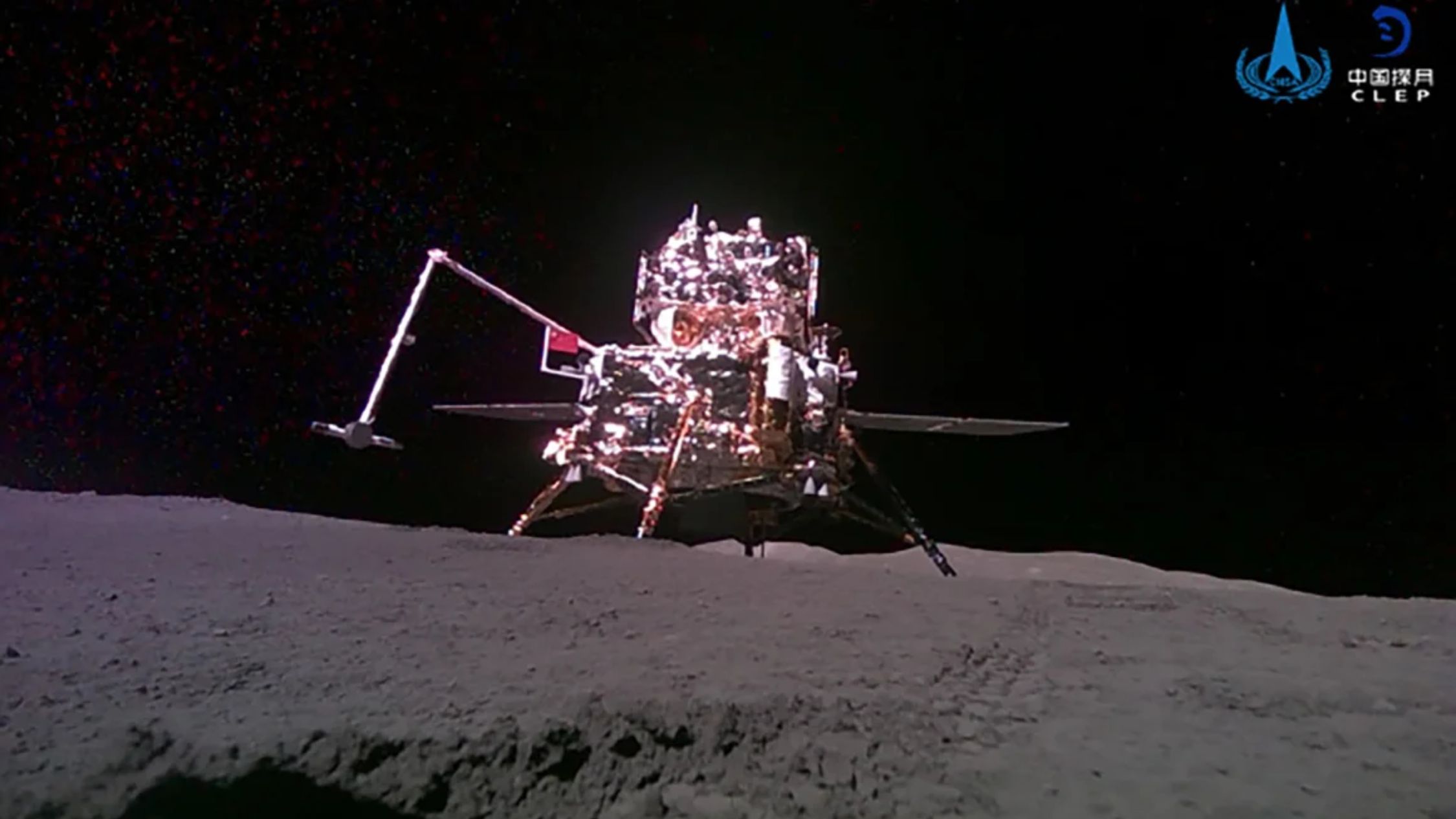China Successfully Lands Chang'E-6 Lunar Probe
China's Chang'e-6 lunar lander has successfully landed on the Moon's far side, achieving another milestone in the nation’s ambitious space program. Announced by the China National Space Administration (CNSA), the probe touched down in the South Pole-Aitken basin, where it aims to gather samples from the lunar surface.
This mission marks a significant advancement, being China's most complex lunar expedition to date, and aims to bring back samples from the Moon’s remote side for the first time. This recent success follows China's initial achievement of landing on the far side of the Moon with the Chang'e-4 probe in 2019.
The mission, which began on May 3 and is anticipated to last 53 days, could serve as a pivotal moment in China’s quest to dominate space exploration. China’s aspirations include landing astronauts on the Moon by 2030 and establishing a research base at its south pole, where water ice is believed to be present.
Strategic Importance of Lunar Exploration
The Chang'e-6 mission aims to collect up to 2 kilograms of lunar dust and rocks by utilizing a drill and a mechanical arm. The collected samples are expected to offer critical insights into the Moon’s origin, evolution, and the early history of the solar system.
As part of a larger probe comprising four parts—an orbiter, a lander, an ascent module, and a reentry module—the lander will store the samples in the ascent vehicle. This vehicle will then return to lunar orbit for sample transfer to the reentry capsule, which will bring them back to Earth later this month.
The mission's technological complexity is heightened by its location on the far side of the Moon, necessitating the use of the Queqiao-2 satellite for communication. The far side is out of normal communication range, emphasizing the need for advanced coordination and technology.
Samples from the South Pole-Aitken basin could resolve enduring debates about the Moon's formation, potentially informing us about the Earth and solar system's early history. The basin, estimated to have formed about 4 billion years ago from an asteroid impact, remains key to unlocking lunar secrets.
China’s lunar program has seen continuous advancements, with plans for additional Chang'e missions. This includes proposals to collect soil samples from Mars, demonstrating China's growing prowess in space exploration. Furthermore, China is also collaborating internationally—carrying instruments from France, Italy, Sweden, and Pakistan on Chang'e-6.
In an era where multiple nations view the Moon as a strategic asset, the broader implications are significant. The United States and other countries also have heightened interest in lunar missions. NASA intends to return astronauts to the Moon under the Artemis program, with planned missions in 2026 and 2028.
Overall, China's Chang'e-6 mission not only strengthens its own space capabilities but also contributes valuable scientific data that could benefit the entire global community.
- The Chinese Chang'e missions are named after the moon goddess in Chinese mythology, symbolizing China's deep cultural connection and aspirations in lunar exploration.
- In recent years, lunar missions have gained traction due to the potential discovery of valuable raw materials on the Moon. Resources like water ice could be integral for future space colonies and deep-space missions.
- China's space program has been steadily progressing since its first lunar mission in 2007. The Chang'e-5 mission in 2020 successfully retrieved samples from the Moon's front side, showcasing China's capability in conducting complex space operations.
- International collaboration remains a cornerstone of lunar explorations. Countries like India, Japan, and private companies from the United States are pushing forward with their lunar missions, underscoring the global interest in the Moon.





